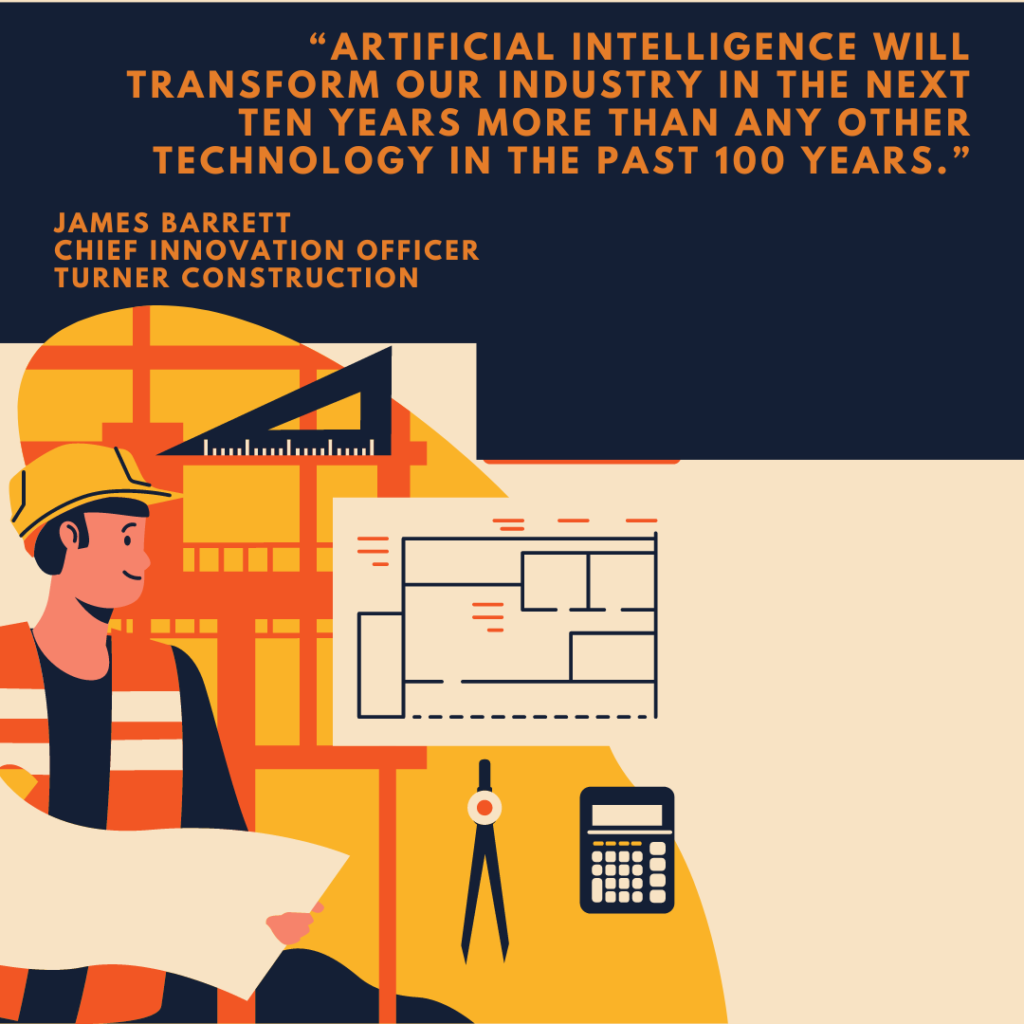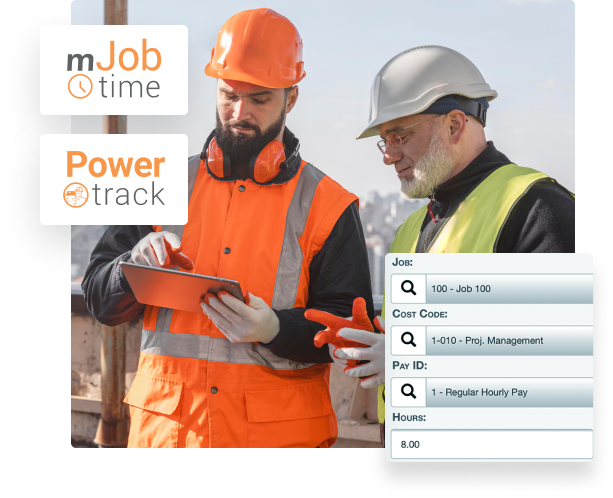The construction industry, long considered slow to embrace technology change, is going through a digital data revolution. Which side of this revolution you’re on can determine how well you thrive in a market where, more than ever, the construction firm with the best information wins.
Winning means more than just having more data. It means leveraging data for action and change. Here are just a few of the ways in which I’ve seen leading construction businesses use job site analytics to transform construction field management.
Operational Efficiency
- Predictive maintenance: Sensors monitor equipment for abnormalities, preventing costly breakdowns and ensuring on-time completion.
- Real-time resource tracking: GPS and RFID tags track materials, tools, and personnel, optimizing resource allocation and reducing waste.
- Labor productivity insights: Wearables and AI analyze worker movement and activity, identifying areas for improvement in efficiency and safety.
Cost Control
- Budget forecasting with precision: AI analyzes historical data and project plans to predict entire project costs more accurately, minimizing overruns.
- Supply chain optimization: Analytics identify inefficiencies in material procurement and delivery, reducing unnecessary cost overruns and project delays.
- Risk mitigation through early warnings: Weather forecasting and data analysis predict potential problems like delays or material shortages, allowing for proactive adjustments.
Quality Improvement
- Building Information Modeling (BIM): 3D models integrate with sensors and real-time data, allowing for virtual construction and clash detection, improving quality and reducing errors.
- Drone inspections: Drones equipped with cameras and sensors enable quick, high-resolution inspections of inaccessible areas, improving safety and identifying defects early.
- Predictive quality control: Machine learning analyzes data from sensors and inspections to predict potential quality issues, allowing for preventive measures.
Beyond the Numbers
- Improved worker safety: Wearables and connected devices monitor worker health and environmental conditions, preventing accidents and promoting well-being.
- Enhanced sustainability: Analytics optimize energy consumption, waste reduction, and material sourcing, minimizing environmental impact.
- Empowering collaboration: Data dashboards and shared platforms facilitate communication and data exchange between project teams and stakeholders, improving teamwork and transparency.
The Future of Construction Analytics
The past several years have dramatically advanced data analysis tools and techniques. “AI” is on the tip of many tongues to the point where it’s well into buzzword territory.
But the machine learning and predictive analysis behind this buzz are real and powerful. They can transform construction project data management from “Did What?” to “Do This.” The use cases for intelligent analytics will only increase as software becomes more powerful. Here are a few transformative applications we can expect:
- Autonomous construction robotics: AI-powered machines handle repetitive tasks, increasing efficiency and safety.
- Personalized training and upskilling: Analytics identify individual worker needs and recommend personalized training, enhancing overall workforce capabilities.
- Adaptive construction project management: AI algorithms anticipate and react to disruptions and changes in real-time, ensuring project agility and resilience.
Construction data analytics is not just about crunching numbers; it’s about using data to unlock a safer, more efficient, and sustainable future for construction firms. So, brace yourself for a future where buildings are not just built, but optimized, one insightful byte at a time!
Mike Soniat is President and Co-Founder of mJobTime, a leading provider of field management solutions for the construction industry for more than 30 years. He can be reached at [email protected].







